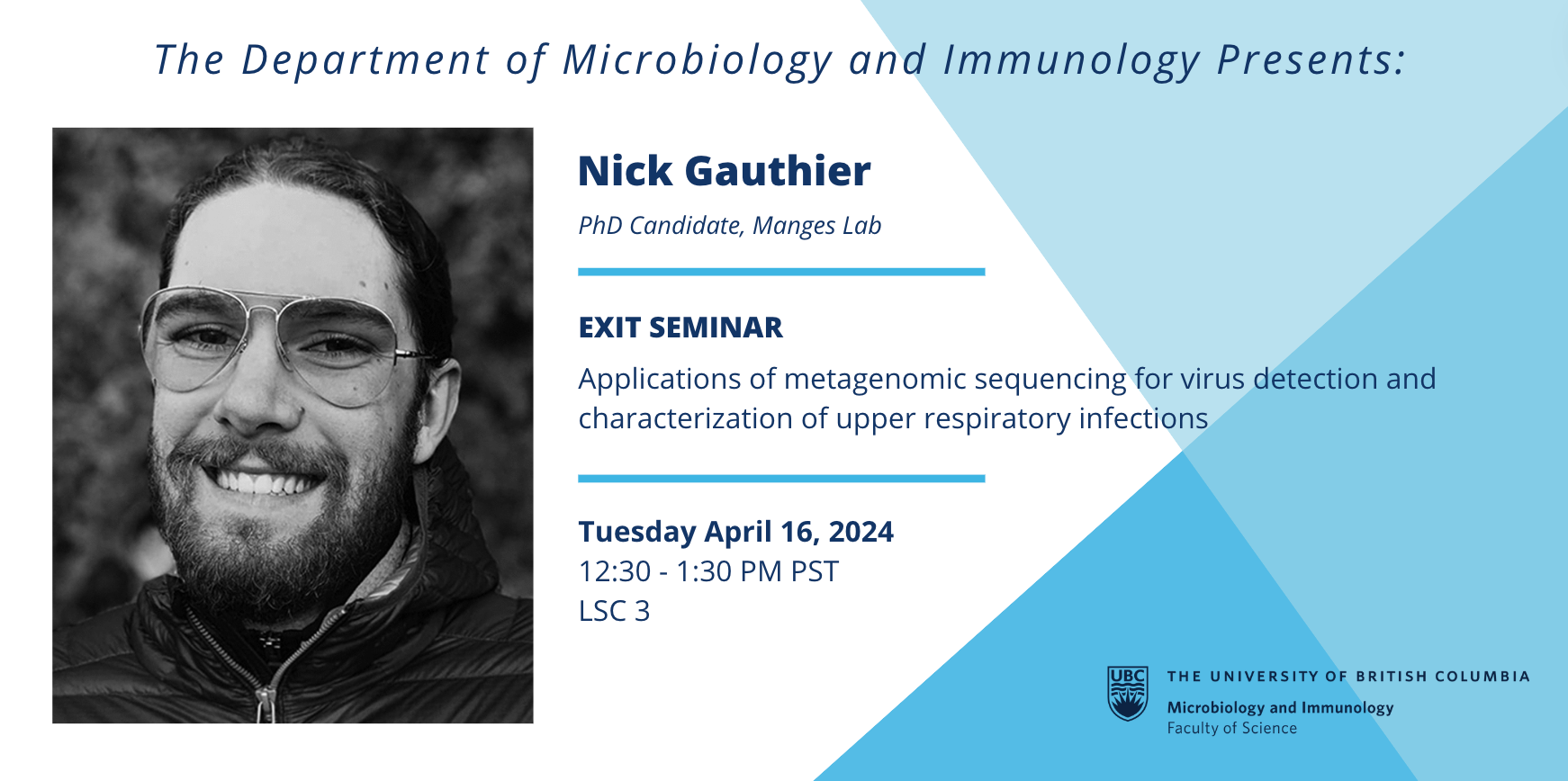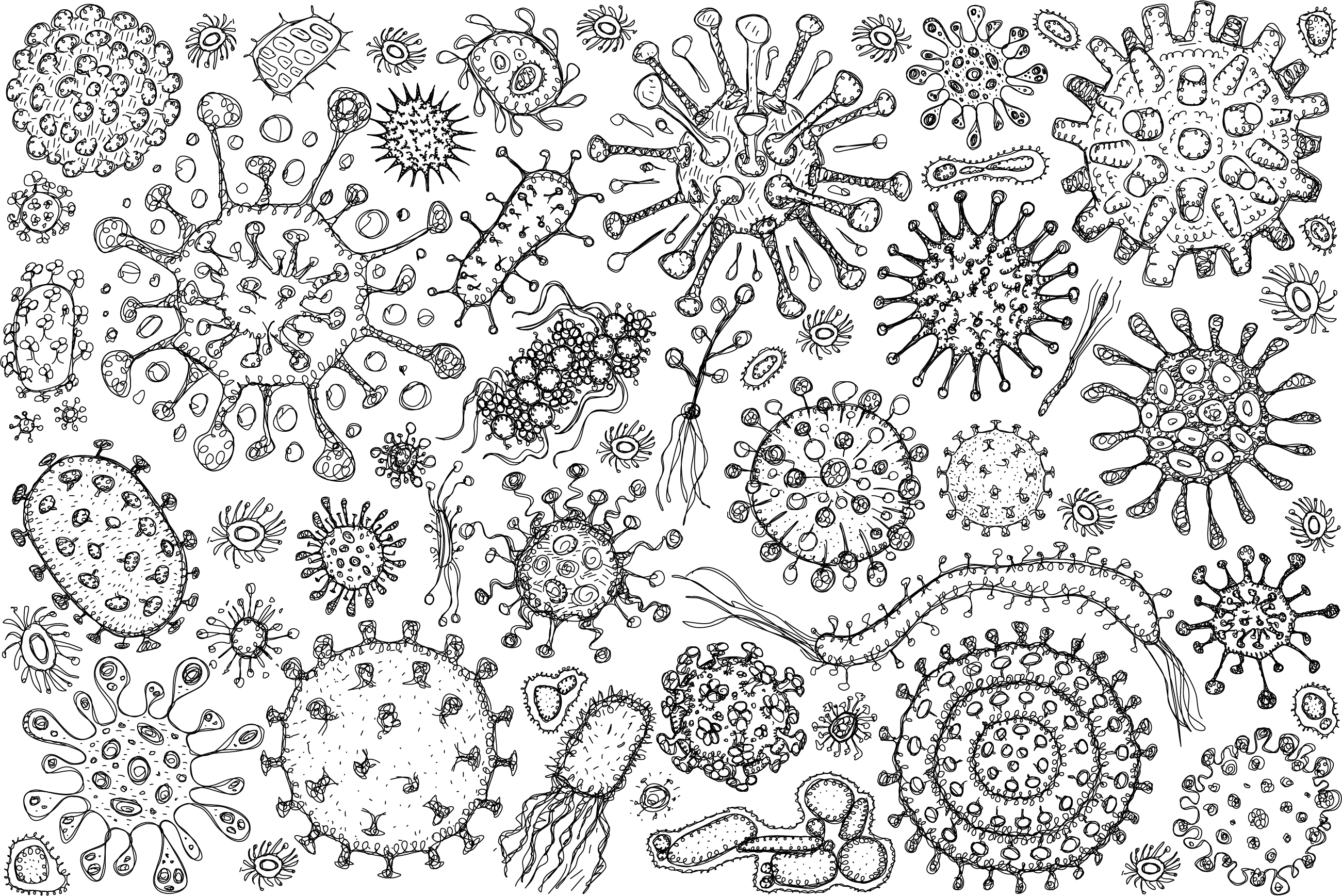
Seminar: Applications of metagenomic sequencing for virus detection and characterization of upper respiratory infections
Abstract: Existing reference-standard viral molecular diagnostic technologies are limited in that they require prior knowledge of a pathogen’s genome; any untargeted or unknown viruses will be missed. Metagenomic sequencing (mNGS) is a technique that enables unbiased detection and characterization of all the DNA and RNA in a clinical specimen. While this technology has been commonly used for profiling microbial communities, recent work has demonstrated the feasibility of using this technology for diagnostic purposes. My thesis evaluates the feasibility of mNGS for detection and characterization of respiratory viral infections. I optimized, automated, and validated an end-to-end workflow that enables agnostic detection of respiratory viruses with a high degree of sensitivity and specificity. While there are some remaining translational barriers for this technology to be widely adopted in clinical settings, my thesis work highlights the value of this technology and represents an important step towards mNGS translation, which may improve patient health outcomes.
Seminar: Applications of metagenomic sequencing for virus detection and characterization of upper respiratory infections
Abstract: Existing reference-standard viral molecular diagnostic technologies are limited in that they require prior knowledge of a pathogen’s genome; any untargeted or unknown viruses will be missed. Metagenomic sequencing (mNGS) is a technique that enables unbiased detection and characterization of all the DNA and RNA in a clinical specimen. While this technology has been commonly used for profiling microbial communities, recent work has demonstrated the feasibility of using this technology for diagnostic purposes. My thesis evaluates the feasibility of mNGS for detection and characterization of respiratory viral infections. I optimized, automated, and validated an end-to-end workflow that enables agnostic detection of respiratory viruses with a high degree of sensitivity and specificity. While there are some remaining translational barriers for this technology to be widely adopted in clinical settings, my thesis work highlights the value of this technology and represents an important step towards mNGS translation, which may improve patient health outcomes.

